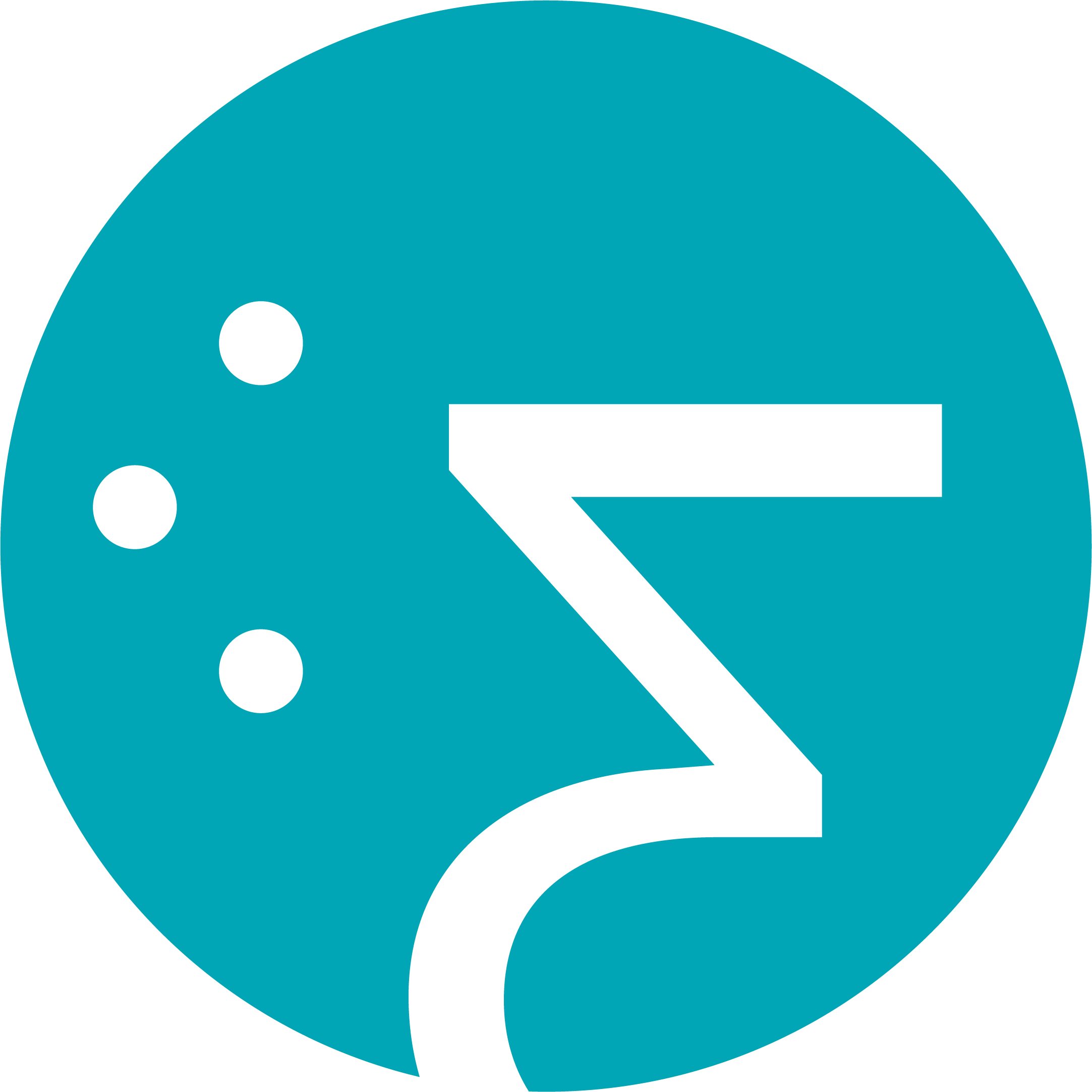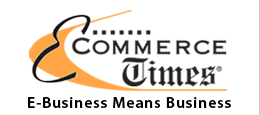What It Means To Be SaaSy
As the Software-as-a-Service (SaaS) movement gains momentum, it is experiencing a ‘gold-rush’ affect with software, systems and service companies of all shapes and sizes trying to win a share of this rapidly growing market.
The inevitable outcome of this proliferation of aspiring SaaS players is a bastardization of the SaaS term and escalating debate about what actually constitutes a valid SaaS company or offering.
Most analysts and commentators insist on a strict definition of SaaS that hinges on the vendor having a multi-tenant architecture. In their view, if the vendor’s offering isn’t built on this architecture, then it isn’t SaaS.
I’ve always been more lenient when it comes to this architectural issue. I believe the definition of SaaS is in the eye of the beholder, and the most important arbiter of what is SaaS is the customer. If the customer is happy with a single-instance, hosted solution or one that is streamed to their desktop rather than built on a more sophisticated multi-tenant platform, then so be it.
That is why I think multi-tenancy is less of a determinant of SaaS success than other factors. Here are the characteristics which really set a leading SaaS company apart from SaaS wannabes:
- Networked applications – One of the primary drivers of the SaaS movement is the need for increasingly mobile workers and geographically dispersed customers/partners to share information and collaborate with one another more effectively. Web-native applications which leverage wide-area networks (WAN) are better suited to fulfill this need than the highly centralized, on-premise applications of the past.
- Enhanced user experience – Another key driver of SaaS is user frustration with the cumbersome, inflexible nature of legacy applications. These on-premise apps were generally designed to accommodate the technical demands of data center systems and corporate databases rather than appeal to the real-world workflows of businesses and intuitive senses of end-users.
- Variable pricing – Corporate decision-makers are also fed up with the capital investments and significant risks associated with legacy apps. They no longer want to be locked into perpetual licenses and escalating maintenance agreements. Having the opportunity to try software solutions before they buy them, and then being able to use their operating budget to acquire the software functionality they need as they need it is especially appealing in today’s recessionary environment.
- Real-time analytics – Given the economic climate and intensifying competitive landscape, companies of all sizes need to generate greater intelligence from their applications. It is for this reason that analytics is becoming an increasingly important feature in nearly every type of enterprise SaaS application, rather than just an assortment of standalone business intelligence SaaS solutions.
- Continuous enhancements – We are also living in a time in which the rate of change is accelerating and customers expect their vendors to respond to their constantly changing needs. Therefore, leading SaaS solutions are those which rely on agile development techniques to incrementally improve their solutions on a continuous basis rather than depending on long development cycles to roll out disruptive ‘upgrades’ to their legacy applications.
- Self-provisioned, dynamic toolkits – Corporate end-users are also becoming more tech savvy and more willing to take advantage of a rapidly expanding reservoir of gadgets, widgets and other mash-up devices to solve business problems or achieve their corporate objectives without the help of internal developers or outside consultants.
- Aggregated data & benchmark studies – Smart SaaS companies are beginning to recognize that the SaaS model gives them unprecedented insight into their customers’ operations based on their SaaS usage patterns. These SaaS companies are accumulating activity data which can be converted into valuable benchmark statistics and best-practice studies. This puts the SaaS company in an advantageous position to provide a new level of value to their customers that gives them an opportunity to transform their user base into a powerful ‘club’ where users get insight in addition to software functionality.
Companies that can deliver these benefits will be in a better position to survive and succeed in the SaaS market.




